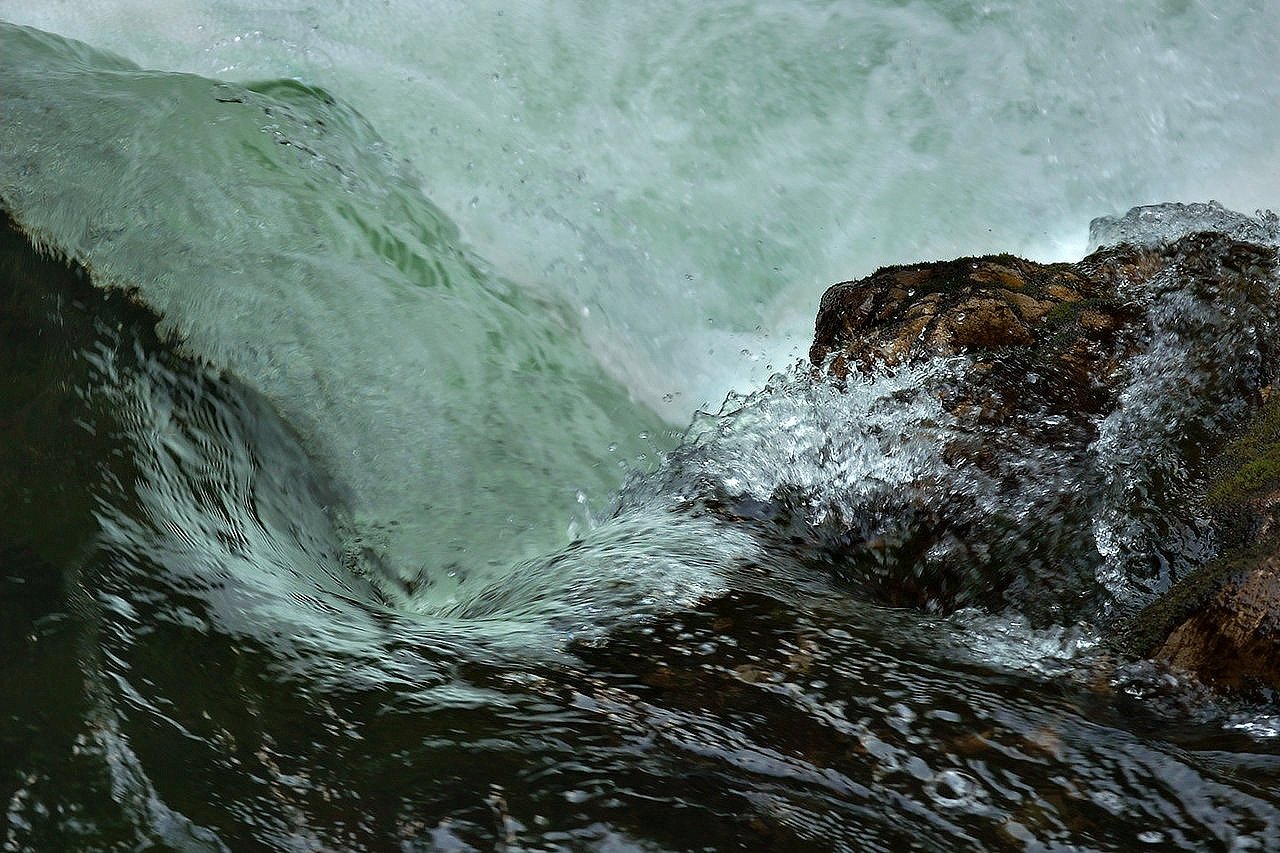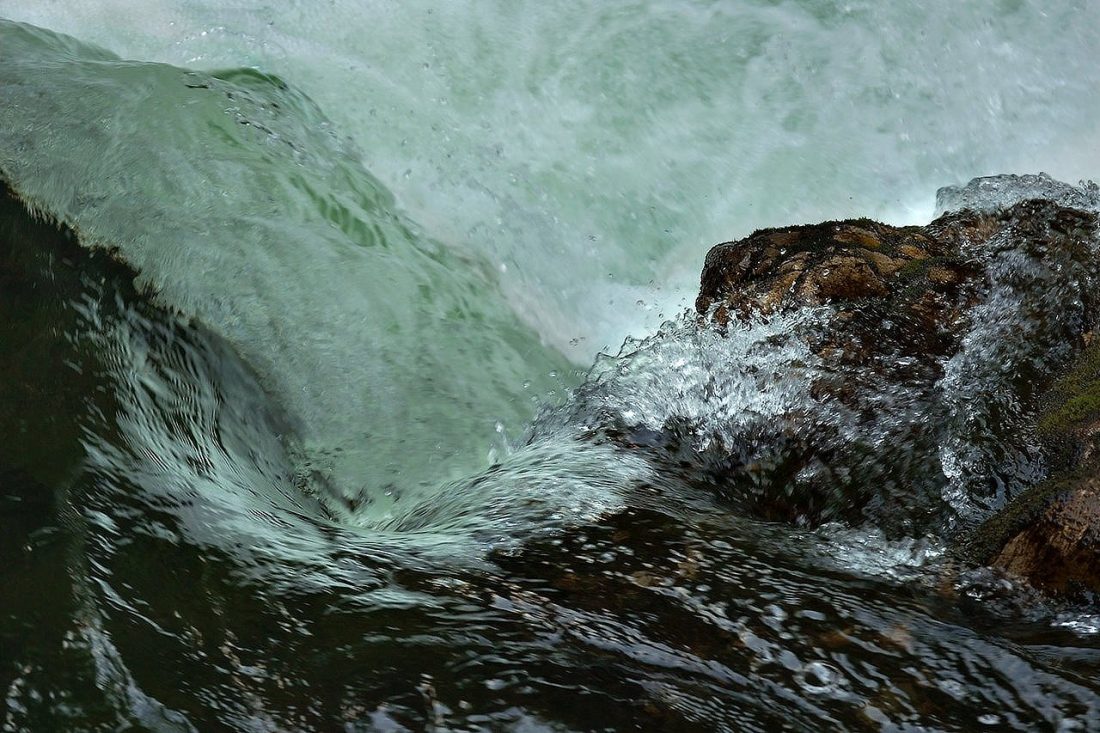is there a life outside the raw (file)? probably there is. and i do know, yes, that the eye of the photographer is important for the picture, her or his feeling for composition, balance and all those factors that have to be considered in “the moment it clicks”. but all this fiercely defending the jpeg as the only necessary format that a good photographer needs (ken rockwell comes to no good remembrance here) in my eyes suffers from a singular flaw: the file from the camera is just another factor for a successful image.
it’s an undisputable fact that great photographic art can originate from media that do detract some factors from the photographers influence – think only of the polaroid process – and some pictures work because of qualities that allow to disregard technical qualities in the printmaking process. but the raw file in my eyes is the equivalent for the film original, the basis for an image, basis in a process that reveals image components that would remain hidden without diligent work.
 decades ago this work could only be done in the darkroom, now the computer screen has replaced for many of us the darkroom work (let’s put aside the new possibilities of this tool or toolkit), but at least i do similar things as before: dodging, burning in, now complemented with local contrast enhancement and local sharpening, partial control of saturation etc.
decades ago this work could only be done in the darkroom, now the computer screen has replaced for many of us the darkroom work (let’s put aside the new possibilities of this tool or toolkit), but at least i do similar things as before: dodging, burning in, now complemented with local contrast enhancement and local sharpening, partial control of saturation etc.
the preview image to the right at first glance looks dull, but working with the new layer tools of bibble5 (still in preview) and subsequent local contrast enhancement plus refocus sharpening in gimp created a whole new image out of the raw file.
no, at least for pictures like this there is no life outside the raw.


I absolutely agree with this, so long as it is not abused. There is nothing wrong with post processing, so long as the image remains a photograph and isn’t transformed into a completely separate form of art. And bravo to the ones that can make stunning images without the use of a computer. I’m just not there yet…
Well, first things first: powerful image! Dynamic and quite…wet. Just as it should be. Gives the term “watercolors” a new meaning.
And for the rest of your post: I would in principle agree completely. But it depends also on what you take the pictures for. All those people who happily snap away in a point ‘n shoot… well, I guess the camera does a better job in converting the inital image to a jpg than any of the users would. Which is also ok, I’d say.
Thomas
PS.: Was there ever a good remembrance when it comes to Ken Rockwell? 😉
Thanks to all for your kind comments.
@Wesley: What I try to do is to remain relatively “straight” in not altering the image, just trying to distill out what’s already there. Transforming a picture means to create a completely new work of art out ouf it, sometimes with marvellous results, just see http://imagefiction.blogspot.com
Re. stunning pictures “without the use of a computer”: slide film photography was just that. To be successful there you had to do mental preprocessing an good visualisation, and then the results could be great. But in digital photography solely relying on out-of-the-camera jpgs just means depending on the camera maker’s software skills.
@Thomas: Yes the improvement of in-camera-conversion serves all the happy snapshooters and also those, who want to concentrate on viewfinder composition and avoid hours of tedious processing. This is definitely ok. But it’s fine to again have possibilities similar to the old wet darkroom. I take this as a very welcome add-on.
@Debra: No, I do not deny the existence of that other world, I relied on it for quite a long time.
I’m totally with you on this one Markus. Whenever I decide to try hard, I shoot RAW. Plain and simple. I don’t want to miss out on any information that might help me make the picture I had in my head.
To me processing is also a considered process. Personally, I’m not into heavy processing. I want my photos to look clean and believable, but not necessarily true to the actual scene itself. It’s a matter of translating an inner vision to a photo.
That said, I do use jpegs, especially when travelling. Most of those shots are snapshots and I can easily live with small defects. In these cases it’s more about the memory. In fact the lastest couple of posts at my own blog were in-camera jpegs to begin with…
Anyway – to the most important thing: today’s photo, and to this I say wow! I could look at this for ages 🙂
@Peter: Thanks for the praise!
Re. image formats: For quite a while I did shoot jpg but was not content with some results due to exposure offsets, later on filled my memory cards and disks with raw+jpg and was unhappy with this, too, but now I do shoot simply raw because it happened simply once too often that I forgot to switch from jpg back to raw and important shots suffered.
I now do this even when travelling as I don’t want to loose a maybe once-in-a-lifetime shot just because I had to fiddle with the camera or forgot switching.
Since I discovered the batch processing mode of bibble for me, the suffering is not that severe any more as resized jpgs for scrutinizing are now only one keystroke away.
All that I have to say is that I LOVE this photo1